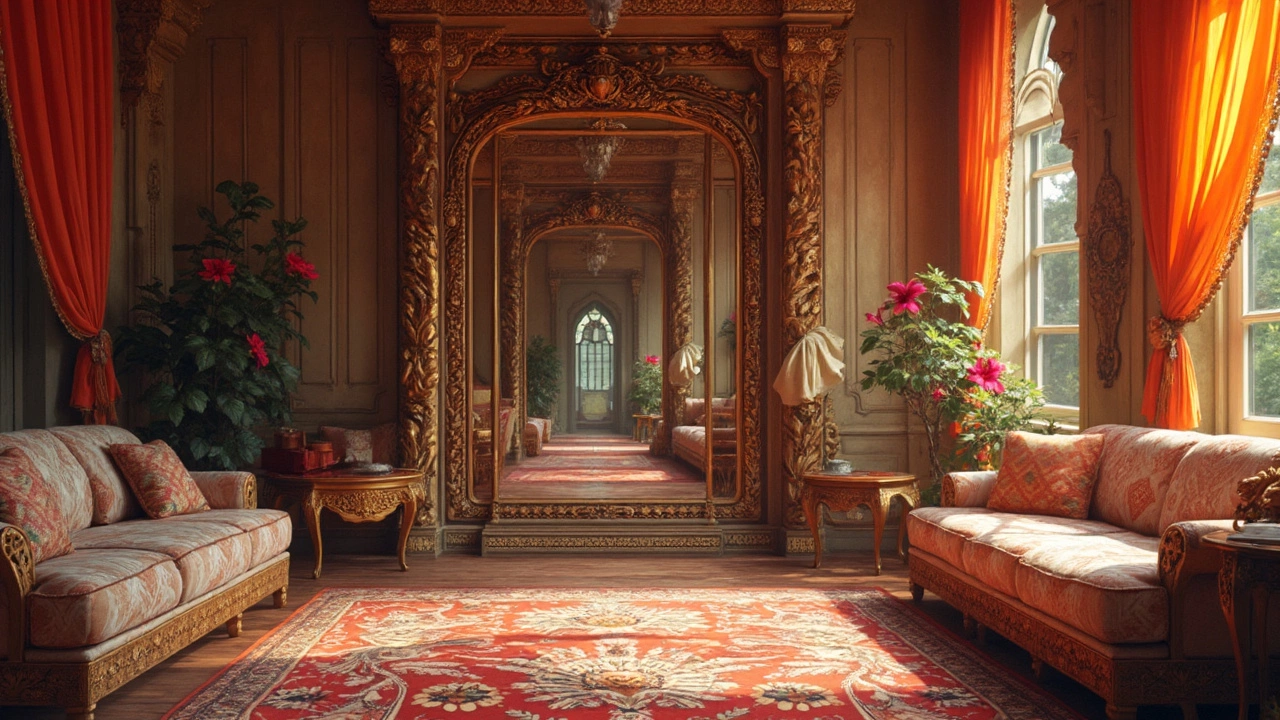
Best Mirror Makers in the World: Who Tops the List?
Mirrors are fundamental in both design and functionality, offering more than just reflections. From top-quality glass to impeccable craftsmanship, finding the best mirror makers globally is essential for those seeking excellence. This article explores leading mirror manufacturers, handy tips on choosing the right mirror, and intriguing insights into mirror production. Whether you're redecorating or simply curious, discover who truly shines in the world of mirrors.
View More